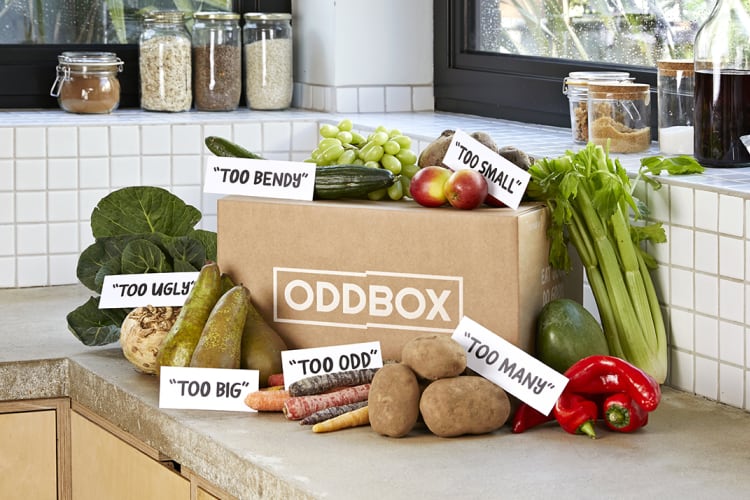While COVID-19 has boosted local sourcing and shopping habits, the trend is not new. Consumers showed an apparent and decisive interest in local products before the onset of the pandemic, when local shopping and the sourcing of food products were growing in momentum. Food miles became a key concern for consumers, with shoppers considering the entire food supply chain, including the lifecycle and transportation of their ingredients and products.
That said, COVID-19 has enhanced consumer interest. “In the last 12 months, consumer appreciation and awareness of the importance of local products has only increased,” highlighted Maria Castroviejo from Rabo Research Food & Agribusiness, the research arm of financial services provider, Rabobank.
Shopping habits: A year in view
Since March 2020, consumers have remained eager to source and shop locally, with consumers placing more emphasis on sustainability and ethics that they often link with local food and beverage buying.
“In the eyes of the consumer, local products score high in traceability, lower CO2 emissions due to less transportation, and in support to the local community,” explained Castroviejo.
Simultaneously, the accessibility and visibility of local products has increased. “Many local producers have accelerated their direct to consumer strategies,” she continued.
Retailers have expanded their local product assortments or made them highly visible through large e-tailers such as Amazon Fresh. Also, the number of retailers and platforms specialising in local products continues to grow.
Food and beverage brands are increasingly sourcing their ingredients and raw materials locally. Along with appealing to consumer demands for sustainability, the need for smaller batch sizes means it is typically more economical to source ingredients from other local and small businesses.
The availability and prevalence of local products also make it far easier for consumers to buy these items and ingredients.
The public sector’s role
As demand for local products is not solely confined to households, the part the public sector plays on staying local is increasingly prominent.
“Although this is not new, the COVID-19 crisis has enhanced the support of local authorities to local production,” explained Castroviejo.
Sharing light on what this looks like, Castroviejo detailed: “This may go from public purchasing —contract catering for public sector education, health or other institutions—to marketing or other support to local producers.”
Going digital for food and drink
A survey by the United Nations Conference on Trade and Development (UNCTAD) entitled ‘COVID-19 and E-commerce’ explores how the pandemic is impacting our shopping habits. Focusing on our online shopping, it was given to consumers in nine countries — including Germany, Italy and Switzerland — with the aim to understand how they use e-commerce and digital solutions.
In Germany and Switzerland, about 80% of the population were shopping online, while in Italy, that share was below 40%, the survey found. During the first few months of the pandemic, about half (45% in Switzerland; 47% in Germany and 54% in Italy) of all respondents in these three countries made at least one online food or drinks purchase.
The most common types of products bought online included rice, pasta, coffee, tea, vegetables and fruits—food and beverages that are often hailed as staples. A significant share of the respondents agreed that they were focusing online purchases more on “essential products”. That share was 16% in Germany, 23% in Switzerland and 34% in Italy.
In Italy and Switzerland, the share of respondents who completed at least one purchase in the category of food and beverages every two months declined somewhat (by 7-8%) in the first part of the pandemic, while it rose slightly (+2%) in Germany.
European consumers recognise their shopping experiences and habits have moved to the digital sphere. The UNCTAD survey found that:
- In Germany, 32% of respondents agreed that they shopped more online since the outbreak of the pandemic, and for people with tertiary education, that share was 41%
- In Italy, 45% of respondents agreed that they shopped more online since the outbreak of the pandemic.
- In Switzerland, 27% of respondents stated that they shopped more online since the outbreak of the pandemic, and for people between 16 and 24 years old, that share was 44%.
Local and online options are important... but so is price
Local options are still preferred among consumers. Convenience, efficiency and health considerations may well influence the choice to shop online during the pandemic, as consumers want one less thing on their to-do lists.
Nine out of ten respondents indicated that they see home delivery as the preferred delivery option for online purchases, UNCTAD reveals in its survey—indicating the preference for to-the-door accessibility.
“Overall, the results suggest that changes in online activities are likely to outlast the COVID-19 pandemic,” shared Torbjörn Fredriksson, Chief at ICT Policy Section, Division of Technology and Logistics, UNCTAD. “Most respondents said they would continue shopping online and focusing on essential products in the future,” Fredriksson added.
Pricing may prompt a problem, however, in consumers’ ability to stay local. “As COVID-related stimulus comes to an end sometime in the near future, we are likely to see a deterioration in disposable income at least for a part of the population,” predicted Castroviejo. With pricing a key decision-making factor, it is likely to play a pivotal role in whether consumers can continue to shop locally.
Despite the challenges, the signs are there that local sourcing and shopping of ingredients and items will continue to remain popular. Rising accessibility means innovation opportunities are set to open up more in the future too.
“Interest in supporting the local economy, concerns about the supply chain and the sustainability advantages of shorter supply chains also suggest that this public support will continue,” added Rabo Research’s Castroviejo. “There are strong reasons to believe that European consumers’ interest for local products will continue in the near future.”



